Retro Replay Review
Gameplay
Tiger Road delivers classic beat ’em up action centered on Lee Wong’s quest to rescue kidnapped village children from the sinister Ryo Ken Oh. Combat is straightforward yet satisfying: a light punch, heavy kick, and a simple jump combine to form a versatile moveset. As you advance through each level, you’ll face waves of grunts who typically fall to a single hit, reinforcing a rinse-and-repeat rhythm that’s easy to pick up but hard to master.
(HEY YOU!! We hope you enjoy! We try not to run ads. So basically, this is a very expensive hobby running this site. Please consider joining us for updates, forums, and more. Network w/ us to make some cash or friends while retro gaming, and you can win some free retro games for posting. Okay, carry on 👍)
Levels are predominantly horizontal scrollers, but the inclusion of high ledges and branching platforms adds strategic depth. Timing your jumps to access alternate routes not only spices up the pacing but also rewards exploration with hidden urns and shortcuts. These vertical elements break the monotony of plain side-scrolling, encouraging players to scout their surroundings and maintain momentum.
Magic urns peppered throughout stages grant temporary weapon upgrades—fireballs, shurikens, and lightning strikes—that drastically shift combat dynamics. While these power-ups make hordes of basic enemies melt away, indoor segments introduce hulking foes capable of one-hit kills. Navigating multi-tiered rooms with stairways demands heightened caution and quick reflexes, ensuring the challenge remains fresh and intense.
Graphics
Tiger Road shines with colorful pixel art that evokes the golden age of arcade beat ’em ups. Backgrounds toggle between tranquil villages, dense bamboo groves, and ominous fortresses, each rendered with sufficient detail to establish atmosphere without overwhelming the senses. Character sprites are crisp, showcasing Lee Wong’s martial-arts stances and the diverse shapes of enemy designs—from lowly foot soldiers to towering bosses.
Parallax scrolling is employed sparingly but effectively, giving stages a subtle sense of depth as you dash through foreground elements. Animations, though limited to a handful of frames, remain fluid during combat sequences; kicks extend smoothly, projectiles arc naturally, and enemies recoil convincingly. Weapon effects—glowing energy balls and sparkling shurikens—stand out vividly against muted backdrops, highlighting the value of power-ups.
While the palette is modest by modern standards, it contributes to a cohesive retro aesthetic. Occasional sprite flicker under heavy on-screen action can occur, but it rarely disrupts immersion. Overall, the game’s visual presentation balances clarity and charm, making each level instantly recognizable and thematically distinct.
Story
The narrative of Tiger Road is as straightforward as its gameplay: Lee Wong embarks on a perilous journey to thwart the evil Ryo Ken Oh and free the captured children. There are no convoluted plot twists or sprawling lore—just a single-minded hero, a ruthless tyrant, and innocent villagers in peril. This simplicity serves the arcade roots of the title, ensuring players stay focused on the action.
Story beats unfold via brief in-game text and minimal cutscenes. Each boss encounter is prefaced by a title card that reminds you of the stakes without halting the flow. Though these narrative snippets are sparse, they successfully contextualize each stage—from infiltrating temple gates to storming fortress halls—keeping motivation high as you progress.
Despite its brevity, the story provides just enough motivation to press on through repeated deaths and challenging encounters. Villagers’ pleas for rescue and the looming threat of Ryo Ken Oh’s dark magics add emotional weight, however slight, to each triumphant stage clearance. The tale may be simple, but it’s effective for a pure action-driven experience.
Overall Experience
Tiger Road harks back to a time when arcade high scores and muscle-memory reigned supreme. Its tight controls, varied level design, and satisfying power-up mechanics make for an addictive loop: fight your way forward, collect magical urns, and conquer tougher foes. Each victory feels earned, especially when you clear a haunted indoor chamber filled with one-hit-kill enemies.
The challenge curve is steep, particularly in later stages where multi-level rooms and relentless minibosses test your mastery of timing and positioning. While this difficulty may frustrate casual players, it’s a welcome feature for retro enthusiasts craving adrenaline-fueled showdowns. Checkpoints are thoughtfully placed, so repeated runs feel like an opportunity for improvement rather than punishment.
Though it lacks modern bells and whistles—online co-op, expansive tutorials, or branching storylines—Tiger Road remains an engaging relic of its era. It delivers satisfying beat ’em up action wrapped in vibrant pixel art and underpinned by a clear, motivating premise. For fans of classic side-scrollers and those seeking a compact, challenging romp, this title offers an experience that stands the test of time.
 Retro Replay Retro Replay gaming reviews, news, emulation, geek stuff and more!
Retro Replay Retro Replay gaming reviews, news, emulation, geek stuff and more!
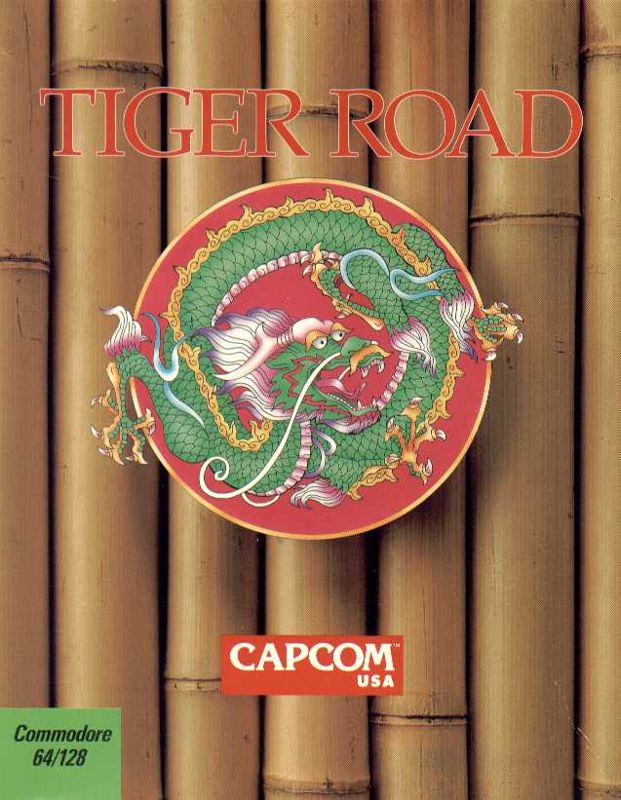
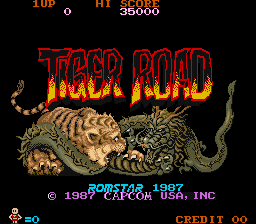
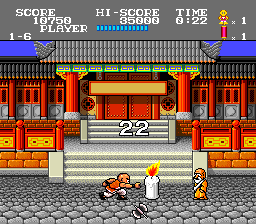
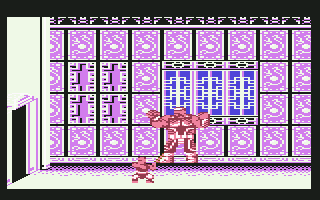
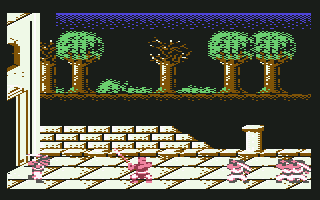




Reviews
There are no reviews yet.